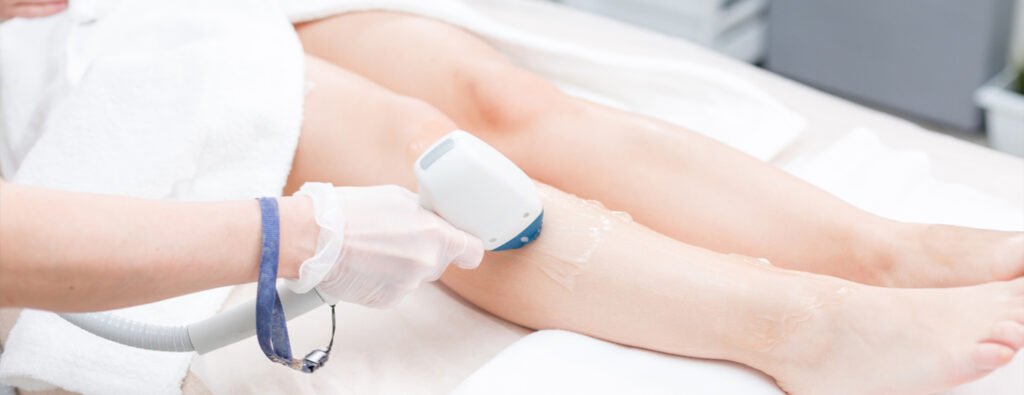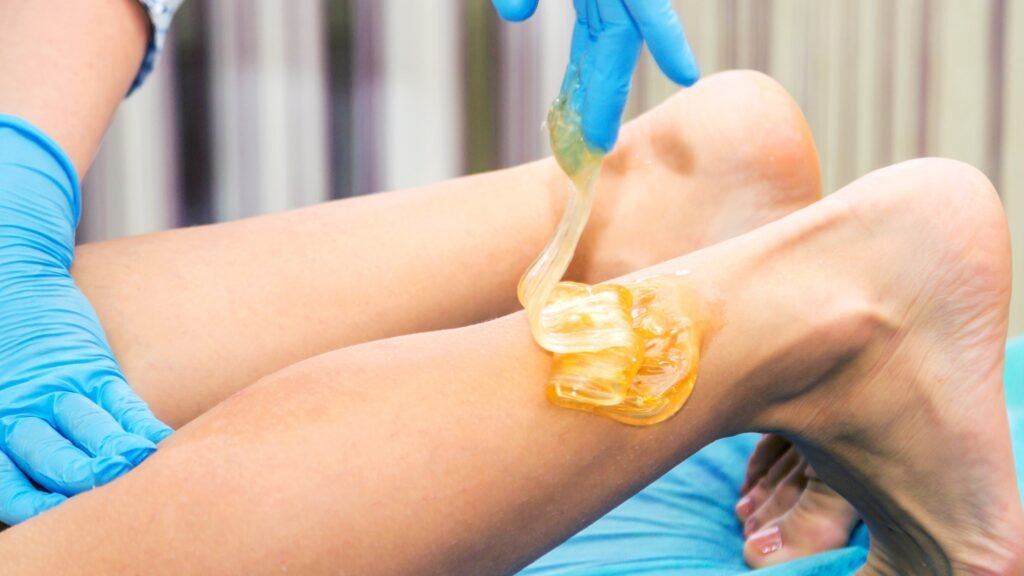
Smooth legs are an enduring beauty standard and attaining them doesn’t have to be complicated. Use our tips and tricks below for razor burn prevention as well as to avoid nicks, ingrown hairs and razor bumps for flawless legs!
Shave in the direction of your hair growth to minimise irritation and avoid bumps. After shaving, use a moisturiser to lock in moisture for soft and supple skin.
1. Waxing
Waxing is an ancient form of hair removal which involves applying an adhesive substance such as wax to your body and then peeling off in the opposite direction, pulling off in order to pull out individual hair follicles from their root system and thus remove unwanted hair from its source. Nowadays it remains a widespread practice all over the globe for both cosmetic and health purposes alike.
Waxing offers multiple advantages over shaving, including lasting results that last much longer and sparser regrowth due to hair being extracted at its source. Furthermore, waxing can be done either at home or by professional salon.
If you prefer waxing at home, use natural ingredients such as honey or shea butter in the wax you select, following any directions provided carefully. Before waxing begins, exfoliate to help prevent ingrown hairs; do this at least two days prior to waxing session so your skin is more susceptible.
Hard and soft waxes are available for home use; hard is less likely to cause skin injuries if used carefully, while it should never be applied directly over sunburned, irritated, cut, or scraped areas as this could result in further pain and possibly further ingrown hairs.
Soft wax is best utilized on larger body areas, such as legs and arms. To apply it effectively, soft wax should be spread across the skin using either a wooden spatula, roller or stick in the direction of hair growth before being covered by a cloth strip that can then be pulled off in the opposite direction of hair growth. Finally, soothing lotion without alcohol, fragrance or dye should be used afterwards for optimal healing results; tight clothing over waxed areas should also be avoided in order to minimize frictional irritation while helping skin heal faster.
2. Epilating
Epilating permanently removes hair follicles from their roots, giving your legs silky-smooth legs for up to four weeks at a time. Although less painful than waxing, epilation takes some getting used to and may leave sore spots behind if done incorrectly.
Finding an epilator suitable to your hair follicles and not too small that it causes irritation is key when selecting an epilator. Look for models equipped with built-in lights so you can better see dark hairs, while preventing accidental nicking or pulling too much of your skin (it does happen!).
At home, when using an epilator for the first time, begin by taking a hot shower and exfoliating your legs before beginning epilation. Apply a painkiller one hour beforehand – this will greatly lessen discomfort during epilation. For even easier and quicker results, shower gel or dry body oil can also help the epilator glide over skin more smoothly to make epilating easier and faster overall.
One note on the side effects of both shaving and epilating: You may experience ingrown hairs, razor bumps or burns, irritated skin and painful red bumps with either method. If painful red bumps that do not respond to over-the-counter calming cream or hydrocortisone are still persisting after several days of use, seek medical advice as this could indicate serious inflammation requiring prescription-strength corticosteroids as treatment.
No matter which option you decide on, experiment both to discover which works best for you. Be patient: it can take several weeks for hair to regrow after waxing appointment but the wait will be worth it in the end! Be sure not to shave before waxing if you want longer-term results! Additionally, always shave with a fresh razor so as to not tear up delicate skin, and always go in the direction of natural hair growth, rather than shaving against it.
3. IPL
IPL (Intense Pulsed Light) hair removal treatments were once exclusively offered at salons – but are becoming increasingly available at home-use devices. Utilizing light to disable the growth cycle of unwanted hair growth, this technique can prevent or slow regrowth for up to one year after multiple treatments – making IPL an increasingly popular option among both women and men looking for non-painful solutions like waxing or shaving to get rid of hair from legs, armpits or bikini areas.
Flashes of light are used to treat the area, using melanin to target hair follicles. With proper light intensity used, melanin stimulates and triggers resting phase hair growth. Furthermore, your skin is protected with its built-in cooling system and intelligent skin sensor which scans and detects your tone and type to ensure safe treatment.
As IPL is an effective hair removal option that can be performed safely and quickly at home, shave or epilate before your appointment and use topical numbing cream prior to treatment. Philips Lumea Prestige IPL system offers five graded light settings as well as smart curved attachments to treat hard-to-reach areas like underarms or faces quickly with smooth results lasting weeks after only four treatments (*when following recommended schedule).
4. Shaving
Shaving is the practice of using razors or similar devices to remove unwanted hair. Men typically practice it on their facial areas while women use it on legs and armpits. While shaving may seem like an economical method of hair removal, it can cause significant skin damage; although there may be ways to lessen its impact. If you want the best results it is recommended that waxing should be utilized instead.
Waxing doesn’t need to be as costly as you might imagine, particularly if you use professional wax services at a salon. Prices will depend on both your location and experience of the therapist; DIY kits may cost less; however quality may differ and it might be difficult for you to achieve professional-like results as easily.
Waxing provides long-term hair removal. Since hair grows back more slowly due to being pulled out at its roots instead of just the tip being cut away at surface level, typically you can expect six weeks without visible hair growth after waxing.
To minimize pain associated with waxing, grow out your hair to between 1/4-inch and 1/2-inch before scheduling an appointment. Wetting can help soften it for optimal results; and exfoliation before your appointment can reduce itching and minimize ingrown hairs.
After your waxing appointment, moisturize the area to maintain health and smoothness. While you might experience some itching after waxing, the sensation should not be as intense as shaving as waxing will result in smoother, itchy-free skin for longer than its shaving equivalent.
At the core of any successful waxing session lies selecting an experienced beauty therapist as your waxer, to avoid any cuts or nicks on sensitive areas being treated. A qualified therapist should know exactly how to extract wax without causing damage using various tools available to them – making your experience safer than ever!


